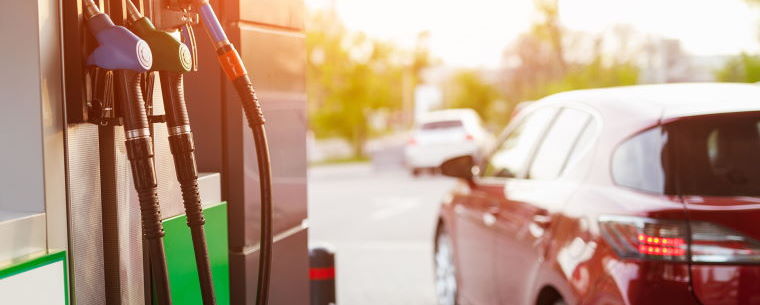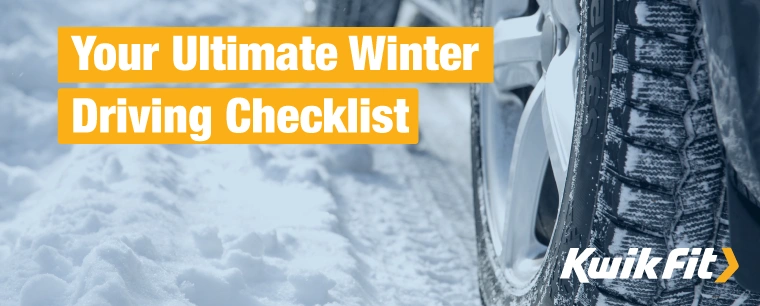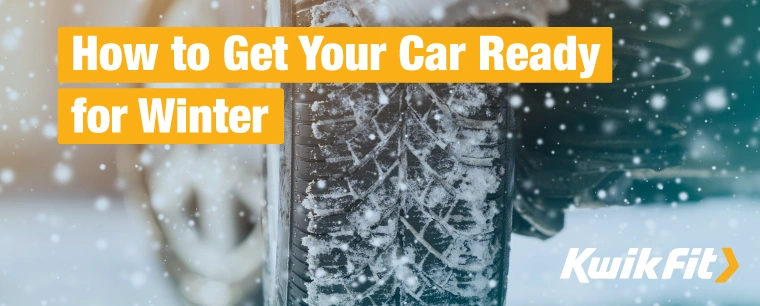What Is E10 Petrol and What Does It Mean for UK Drivers?
Bradley Jando | Tuesday 17th August 2021 11:59am

As you may be aware, in September 2021 (Early 2022 for Northern Ireland), UK forecourts will be making the switch to E10 petrol rather than the E5 grade that is currently available as standard. While this may seem alarming, most drivers will be unaffected by the changes. The change in fuel applies to petrol only, diesel fuel will remain the same, and most petrol cars will be compatible with the new petrol grade. However, it is still worth making sure you are aware of how things will differ following the change.
What is E10 Petrol?
E10 Petrol contains up to 10% renewable ethanol, compared to the current UK petrol (known as E5) which contains up to just 5% renewable ethanol. E10 Petrol is widely used around the world having already been adopted across Europe, the United States, and Australia. Since 2016, E10 has been the reference fuel against which the performance and emissions of new cars are tested.
Why are we switching to E10 Petrol?
The main benefit to E10 Petrol is reducing harmful CO2 emissions. By using up to 10% renewable ethanol, rather than 5%, less fossil fuel is needed which helps to reduce carbon emissions – one of the biggest contributors to climate change. It is estimated that the introduction of E10 across the UK could cut transport CO2 emissions by 750,000 tonnes a year – the equivalent of taking 350,000 cars off the road!
Are there any drawbacks to using E10 fuel?
While E10 is more environmentally friendly than E5 petrol, questions have been raised concerning its fuel economy. Compared to its predecessor, E10 petrol will give drivers slightly less miles per gallon – but only by around 1% - not an amount that you are likely to notice in everyday driving.
Other factors such as driving style, under inflated tyres, or carrying unnecessary weight will have a much more significant impact on fuel economy than using E10 petrol. If you’re concerned about your fuel economy, be sure to check out our 8 ways to improve the fuel efficiency of your car.
What do the changes mean for drivers?
For most drivers the change will mean very little, and some may not even notice any difference. Drivers of diesel or pure electric cars will not be affected by the change, and almost all (95%) of petrol cars on the road are compatible with E10 fuel – in fact all petrol cars produced since 2011 are compatible.
This does however mean that as many as 600,000 vehicles currently on the UK roads are unsuitable for E10 fuel. These mostly consist of:
- Classic Cars
- Specific car models (particularly from the early 2000s)
- Certain mopeds (particularly 50cc or below)
If your vehicle is unsuitable for E10 petrol then you will need to continue using E5 – which can be found in the premium ‘super’ grade fuel (97+ octane). E5 ‘super’ grade petrol will remain available at most larger filling stations. From September, all petrol stations should be displaying clear ‘E5’ or ‘E10’ labels on both the petrol dispenser and nozzle, so make sure you double check before filling up.

How to check if your vehicle takes E10
If you’re not sure whether your vehicle is compatible with E10 fuel it is important to check before filling up. Newer vehicles which were manufactured from 2019 onwards should have an ‘E10’ and ‘E5’ label close to the fuel cap to show which fuel(s) they can use.
For vehicles that don’t have this label, you can check compatibility using the gov.uk E10 vehicle checker. Simply enter a few details about your vehicle and you will be shown whether is suitable for use with E10 fuel.
What to do if you accidentally fill up with the wrong fuel
Accidents do happen, and if you do end up putting E10 in an unsuitable petrol vehicle – don’t panic! It shouldn’t be a major issue and, unlike putting petrol in a diesel engine, you shouldn’t need to drain the entire fuel tank.
Your vehicle should still run, possibly not as smoothly, and you may have trouble starting in cold conditions, but you will still be able to drive and are unlikely to cause any engine damage as a result. Just make sure to fill up with the correct E5 petrol grade next time – prolonged use of E10 in an incompatible vehicle could cause your vehicle harm.
Any facts, figures and prices shown in our blog articles are correct at time of publication.
Featured Articles
Is Your Car Battery Ready for Winter?
Monday 11th November 2024
Is the UK on the verge of ‘the coldest winter for 50 years?’ Even if El Niño doesn't hit the UK this winter, reduce the risk of a winter breakdown by making sure your car battery is winter-ready.
Your Ultimate Winter Driving Checklist
Monday 31st October 2022
Driving in the colder months presents many challenges. Breakdowns are far more common in winter, so make sure you’re prepared with these essentials.
How to Get Your Car Ready for Winter
Wednesday 28th September 2022
Winter can be a harsh season for your car but planning ahead by carrying out some basic maintenance and packing some essential kit should help you avoid a winter breakdown.







